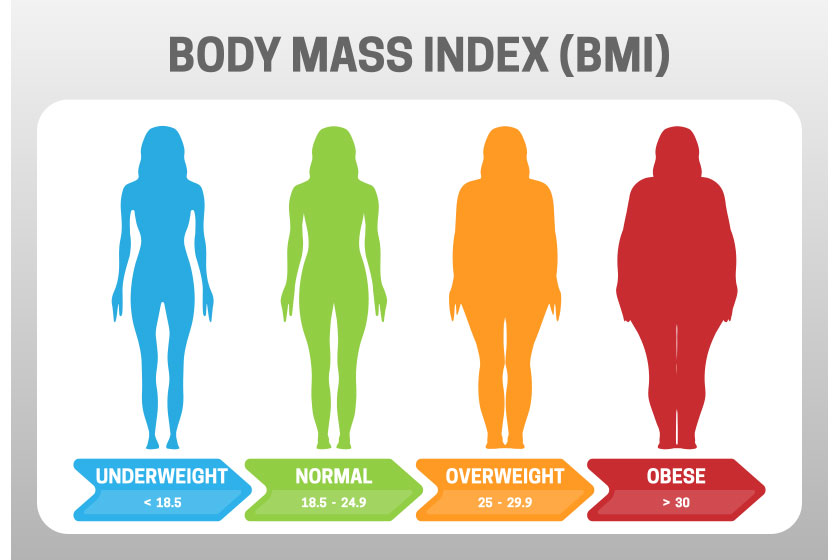Maintaining a healthy weight is an important aspect of wellness, particularly for women in their golden years. Using a weight chart for senior women can help monitor changes and guide decisions that promote overall health. As women age, factors like metabolism, muscle mass, and body composition shift, making it imperative to stay informed about what a healthy weight looks like at this stage of life.
Average Weight Considerations
The average weight for women tends to vary based on age, with changes typically observed as they move into their senior years. For instance, data shows that the average weight for women over 60 hovers around 166.5 pounds. This number, however, is just one piece of the puzzle. Considering how this weight aligns with height, body composition, and overall health is crucial.
Understanding Weight and Height Relationships
One of the most effective ways to assess whether a woman’s weight falls within a healthy range is by looking at the relationship between weight and height. A weight chart often uses BMI (Body Mass Index) as a starting point.
For example, a woman who is 5’4” should ideally weigh between 110 and 145 pounds for a BMI within the moderate range. However, BMI doesn’t account for muscle mass or fat distribution, which are important considerations as muscle mass tends to decrease with age.
The Role of Body Composition
Body composition plays a key role in understanding what a healthy weight means for senior women. Unlike younger adults, seniors may see an increase in body fat even if their weight remains stable. This shift can impact health, particularly if fat accumulates around the abdomen, increasing the risk of conditions like heart disease and diabetes. Using tools like waist-to-hip ratio alongside a weight chart provides a more comprehensive picture of health.
Practical Weight Management Tips
For senior women, maintaining or achieving a healthy weight involves more than just numbers on a scale. It’s about making informed lifestyle choices. Focusing on a balanced diet that includes nutrient-rich foods while managing portion sizes can help maintain a healthy weight. Incorporating regular physical activity, such as walking, swimming, or strength training, supports muscle mass and metabolic health, further promoting wellness.
Monitoring and Adjusting
Regular monitoring using a weight chart can help track progress and identify trends. If a woman’s weight falls outside the recommended range, it might be time to consult a healthcare provider for personalized advice. Adjusting diet, activity levels, and even medications can all play a role in bringing weight back into a healthy range.
Empowering Wellness Beyond the Scale: Senior Living Excellence in North Port, FL
Using a weight chart for senior women as part of a broader approach to wellness helps maintain a healthy lifestyle. At our Senior Living in North Port, FL, we have designed the Dimensions Health & Wellness program to nurture every aspect of your well-being—beyond just the physical.
From specialized exercise classes and yoga to enriching social and intellectual activities, we offer a holistic approach to health that stimulates the mind, body, and soul. Whether you’re looking to improve your physical fitness or find emotional and spiritual balance, our dedicated team is here to support you every step of the way. Explore our programs and discover how we can help you live your healthiest, most fulfilling life.







